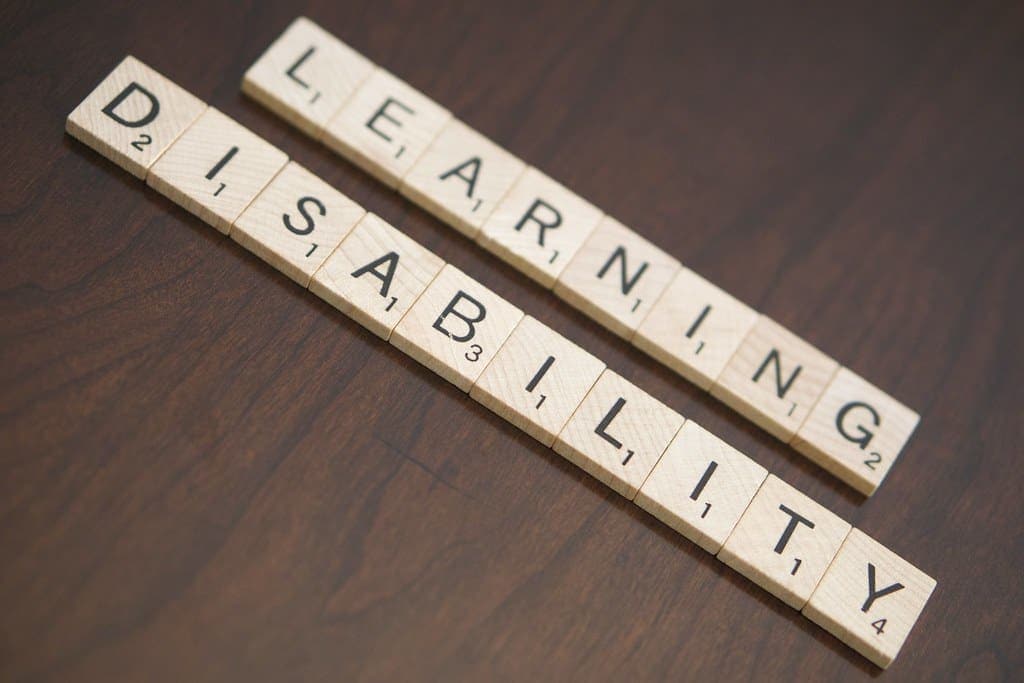Attention deficit hyperactivity disorder (ADHD) and Learning Disability (LD) are two medical conditions related to a person or children who find it difficult to read and grasp information and have behavioural issues.
Children suffering from both conditions require extra care and have to be nurtured with love. They are overwhelmed by the things around them, so they need people to understand them. Even though both ADHD and LD share some common traits, they differ significantly in many ways.
Key Takeaways
- ADHD is a neurodevelopmental disorder, while learning disabilities impact specific skills.
- ADHD symptoms include inattention, hyperactivity, and impulsivity.
- Learning disabilities involve struggles with reading, writing, or math skills.
ADHD vs Learning Disability
ADHD (Attention-Deficit/Hyperactivity Disorder) is a neurodevelopmental disorder that affects a human, characterized by inattention, hyperactivity, and impulsivity. A learning disability refers to a neurological disorder that affects an individual’s ability to process information effectively.

ADHD children tend to be confused and daydream. The children may not understand or follow instructions like their peers of the same age. The inability to complete a task leads them to jump from one job to another. Impatience, unintentionally doing repetitive movements of a body part, breaking the queue, speaking out of turn, emotional outbursts, depression, or throwing tantrums are a few examples.
Children with learning disabilities struggle to listen, understand, interpret, and follow directions. They tend to have issues with their speech, reading, writing and solving problems at school and work. There is nothing wrong with these children or anything abnormal about them. Due to the way their brains are wired, they interpret things differently from other children.
Comparison Table
| Parameters of Comparison | ADHD | Learning Disability |
|---|---|---|
| Hyperactivity | Extremely hyperactive. | Not exactly hyperactive. |
| Emotions | Have sudden outbursts of emotions. | Might not have sudden outbursts of emotions. |
| Tantrums | They tend to throw tantrums out of the blue. | Do not throw tantrums out of the blue. |
| Impact | Has an impact on more global skills like paying attention or keeping the impulses under control. | Has impact on certain specific skills like reading and writing or speech. |
| Child Psychiatrist | Can evaluate ADHD. | Cannot assess Learning Disability. |
What is ADHD?
ADHD is the abbreviated form of Attention Deficit Hyperactivity Disorder. This disorder presents three significant challenges to a child. While performing a task, the child struggles to stay focused or pay attention. In addition, their hyperactivity makes them challenging to control. Learning, memorizing, and recalling becomes a mountainous task for 30 to 50 per cent of children with ADHD.
Impatience, unintentionally doing repetitive movements of a body part, breaking the queue, speaking out of turn, emotional outbursts, depression, or throwing tantrums are a few examples. By age 4, when the child begins school, ADHD can be diagnosed with certainty. ADHD children also have specific differences in their brain structures, according to neurologists. Specifically, the brain’s parts responsible for attention are underdeveloped.
Dopamine, a neurotransmitter responsible for mood regulation, movement control, and awareness, appears to be at low levels. These children also have a slightly underdeveloped frontal lobe responsible for social behaviour and learning social skills. Genetics and heredity seem to play a more significant role in affecting boys than girls. Smoking and drinking during pregnancy are also associated with ADHD in children.
What is Learning Disability?
LD, or Learning Disability, are pretty similar to ADHD. However, they are different and should not be confused with each other. This type of disability includes dyslexia (similar letters appear jumbled up), dysgraphia (problems with writing), dyscalculia (probability of difficulties with basic calculations such as time and money telling), and Auditory processing disorder (confusing similar-sounding words).
If a child has learning disabilities, they will have trouble with specific tasks like listening, understanding, interpreting, following instructions, etc. These children have speech, reading, and writing problems at school and work. There is nothing wrong with these children or anything abnormal about them. Due to the way their brains are wired, they interpret things differently from other children.
In preschool, the signs of a learning disorder can be seen when a child has difficulty identifying colours, memorizing the days of the week, learning the alphabet, or learning nursery rhymes. It is difficult for older children to read aloud, tell time, do math calculations, spell correctly, express their thoughts aloud, and organise their rooms. Learning is complex for them.

Main Differences Between ADHD and Learning Disability
- Children with ADHD are found to be excessively hyperactive. On the other hand, children with Learning Disabilities are not that active.
- ADHD children tend to have sudden outbursts of emotions, whereas children with Learning Disabilities do not.
- Children with ADHD can throw tantrums out of the blue. On the other hand, children with Learning Disabilities do not show such symptoms.
- ADHD significantly impacts a child’s global skills, like paying attention or controlling impulses. On the other hand, Learning Disability has an impact on a child’s specific skills like reading and writing or speech.
- A child psychiatrist is trained to diagnose and evaluate ADHD, not Learning Disability.




